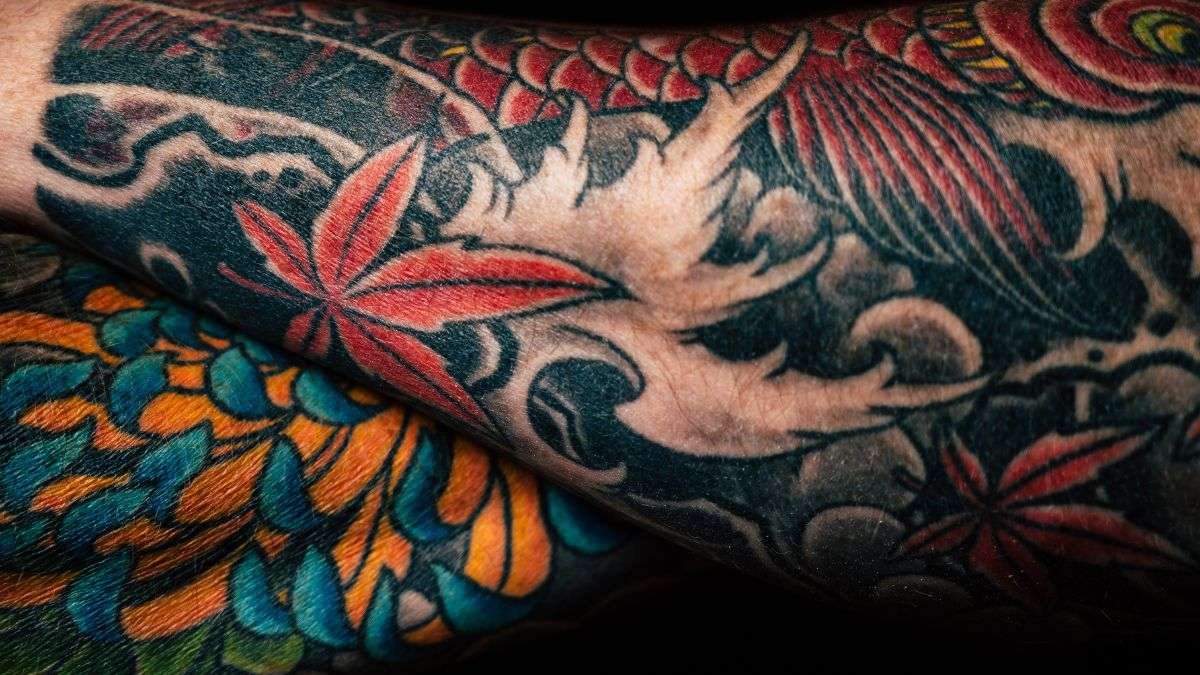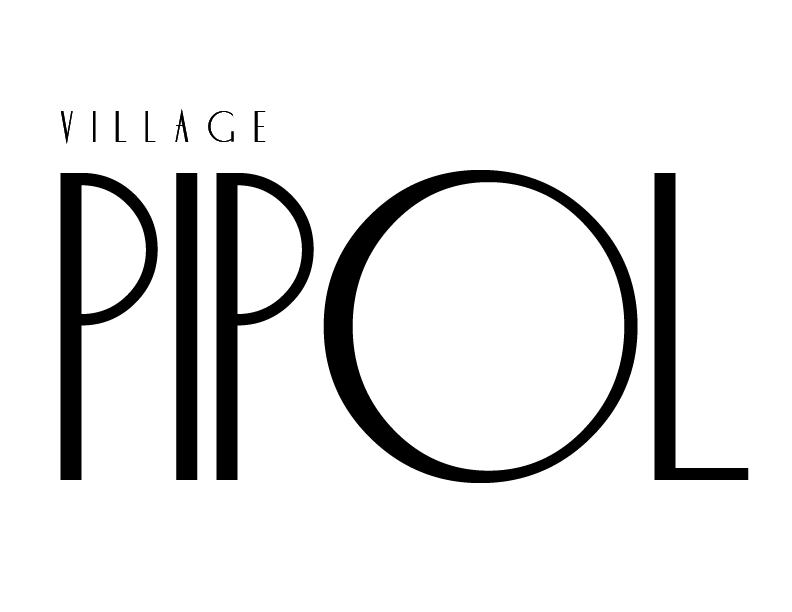Inked Taboo: Tattoo in Workplaces

Ink, in most cases stay permanently. Along with this, the taboo on visible tattoos in many workplaces became a constant hush. These spaces turned into playgrounds to play hide-and-seek-and-hide, a match between the tattooed employees and the system that continues to make it silently interdicted.
Taboo on Tattoo: Contradiction to Essence
Inking: A form of art and expression
Designs inked on the skin act more than just as figures they randomly picked. They tell stories, mark experiences, and empower identities. The rich and colorful narratives behind the tattoo prove that it is indeed an avenue for art and expression of self, that were born from the idea of freedom.
However, this supposed liberation remains bounded with the blotted stigma and stereotypes linked to tattoo and those with one. Despite being an art in nature, several standards still perceive it as a symbol of rebellion. And this led tattooed individuals to receive prejudice, only for having a visible tattoo, especially in workplaces. It closes opportunities for the inked ones and have their competence set aside and generalized because of this conventional image improperly set for tattooed individuals.
On the other hand, humanity, in nature will keep striving for more inclusive spaces for such an art and expression. Although slowly, society somehow progresses to understanding such craft while people from this community becomes more vocal and visible to advocate for inclusion, respect, and appreciation.
It has long been a culture
Tattoo in an essence, can be considered prevalent in the modern times, but the reality tells us that tattooing has long been out there. It plays a significant part in many traditions, rooted back then in ancient times even in the Philippines. Numbers of indigenous groups in the country practiced and continues to practice inking since then.
Meanings behind this ancient practice varies from culture and groups to another. In an interview of Filipino historian Ambeth Ocampo with Inquirer, he explained the tattoo representations in various regions. In Visayas, warriors have tattoos that symbolize their social class and their bravery to defend their constituents from threats. Meanwhile, in Northern region of Luzon, this artform are etched on the skins of warriors and hunters. It represents the count of enemies they were able to defeat and kill.
Apo Whang-Od serves as a concrete proof to tell that it has really long been a culture. This 106-year old mambabatok or a traditional tattoo artist continues the ancient tradition of etching ink on the skin. But more than that, the culture carries on as she passes it down to her grandniece, Grace. Apo and her craft are living testimonies of the significance this artform has in the rich Filipino culture.
Tattooed personalities striving in the field
Among the many public figures that proudly presents their tattoo, Mikee Reyes is one of those who broke the stigma. Being a sports anchor for TV5, Mikee meets the public eye most of the time, considering that he appears on a national television. And his presence with with visible tattoos says a lot to contradict the taboo for tattoos in work places. He proves that an individuals could be competent while freely expressing themselves through the inks of tattoos.
Drag Race Philippines host Mamwa Pao or Paolo Ballesteros also took a step and moves carefree to show the inked art on his skin. Ballesteros proved that tattoos do not define how her works well in his craft. It was just January this year when he got recognized as Best Male TV Host of Star Awards for TV. And such moment is a big contradiction to how the stigma built the image of tattooed individuals.
More public figures continue to show and and speak to normalize having tattooed individuals in various workplaces. They are testimonies that competence is not defined by the number or sizes of the inks on their skins, but by their love and dedication for their craft.
With a deeper understanding of tattoo as an art, expression, and culture, taboo finds no place in inclusive spaces. Ink is indeed permanent, and so is the fact that the inked are beyond the stigma.
Chud has always believed that to write is to live a human life as it is meant to be free and is destined to set others free -the very essence of humanity. He sees writing as a tool to bring the world closer to people. It is a challenge that he takes on in every story, poem, article and film he writes.






